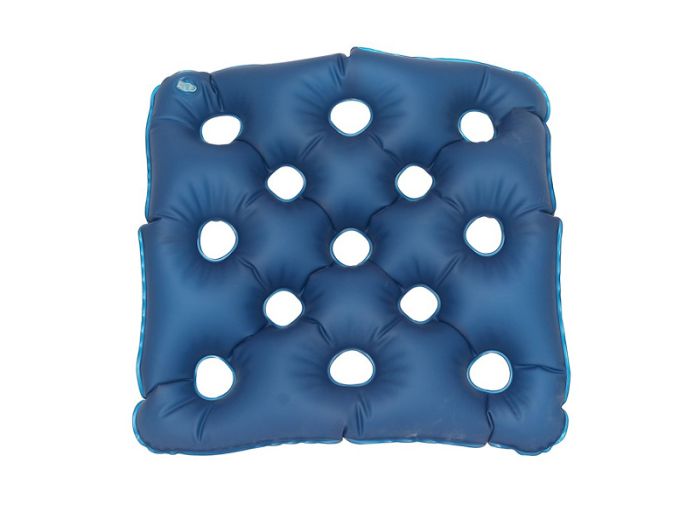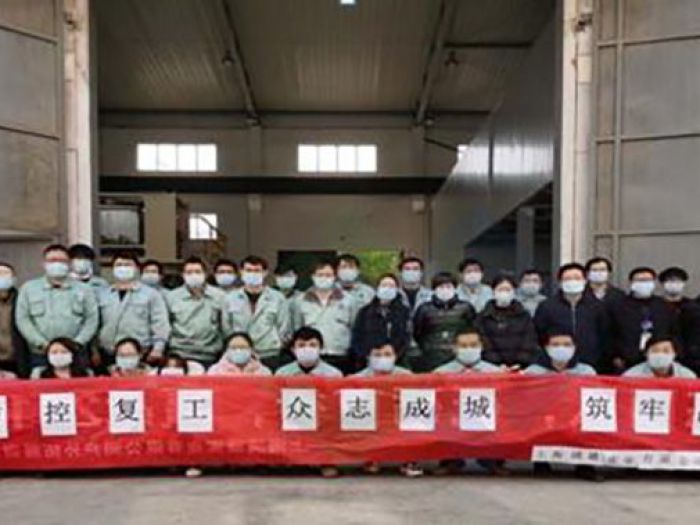Which medical supplies are suitable for automatic high-frequency welding

Automatic high-frequency welding is also applicable to the following medical products in the healthcare industry:
-
Emergency Stretcher Components:
High-frequency welding may be used for critical parts of emergency stretchers to ensure structural stability and durability, meeting the demands of urgent rescue scenarios. -
PVC Oxygen Masks and Oxygen Bags:
This technology enables airtight edge sealing for PVC oxygen masks and bags, ensuring product safety and leak-free oxygen delivery to patients. -
Clinical Identification Bands:
High-frequency welding securely bonds multi-layer materials in medical ID bands, preventing damage during use and maintaining clear, long-lasting patient information. -
Anti-Decubitus Mattresses, Medical Ice Pads, and Cushions:
These multi-layer products rely on high-frequency welding to achieve durable interlayer bonding, enhancing longevity and effectiveness for pressure sore prevention or cold therapy. -
Blood Pressure Cuff Bags:
The technology ensures sealed and reinforced construction of medical blood pressure cuff storage bags, protecting equipment from environmental factors while maintaining portability. -
Medical Energy Pads:
High-frequency welding addresses complex bonding requirements for specialized materials in therapeutic energy pads, ensuring optimal functionality. -
Medical Fixation Belts (e.g., Support Straps):
Robust connections between belts and attachments are achieved through this method, providing reliable strength for patient stabilization and support. -
Medical Identification Markings and Embossed Logos:
High-frequency thermal pressing creates permanent, wear-resistant labels, patterns, or branding on medical devices for enhanced traceability and brand recognition. -
Injection-Molded Medical Plastic Products:
Integrated with injection molding systems, this process improves production efficiency and quality for items like syringes and medical packaging through precision welding and forming.

.jpg)

